- No products in the cart.
Antigrippin ANVI set of capsules, 10 pcs x2
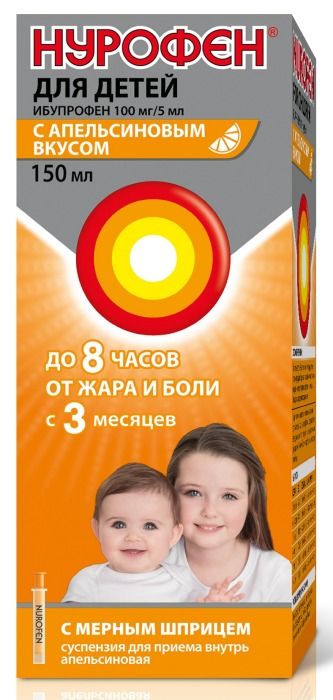
Nurofen for children oral suspension 100mg / 5ml 150ml vial with a syringe dosing orange
$4.17
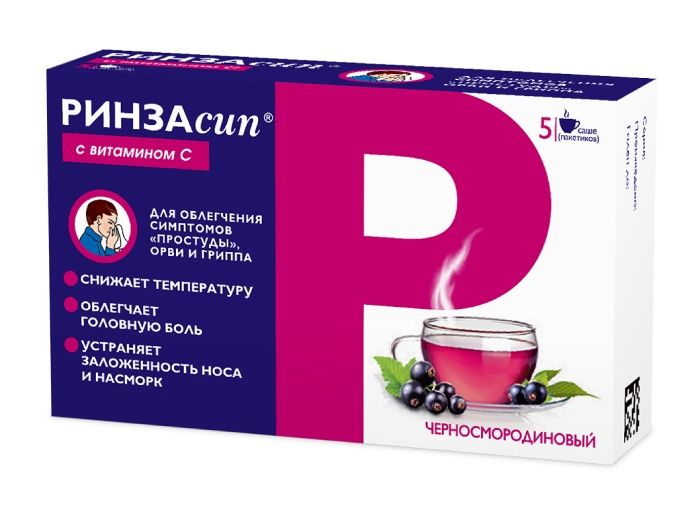
Rinzasip powder for r-ra 5g 5 pcs black currants / Vitamin C.
$3.86
$2.54
Antigrippin ANVI set of capsules, 10 pcs x2
Description
Composition
Active substance:
A capsule contains: ascorbic acid – 300 mg, Acetylsalicylic acid – 250 mg, Rutoside (rutin) – 20 mg.
Capsule B contains: metamizole sodium (analgin) – 250 mg calcium gluconate monohydrate (calcium gluconate) – 100 mg of diphenhydramine hydrochloride (diphenhydramine) – 20 mg.
Excipients:
A capsule contains: purified water, gelatin, sodium lauryl sulfate, methyl parahydroxybenzoate, propyl parahydroxybenzoate, azorubin, quinoline yellow, patent blue V, titanium dioxide.
Capsule B contains: calcium stearate, potato starch. hard gelatine capsules: purified water, gelatin, sodium lauryl sulfate, methyl parahydroxybenzoate, propyl parahydroxybenzoate, titanium dioxide.
Description:
A capsule – hard gelatin number 0 green. And the contents of capsules – powder and / or granules of a greenish-yellow color. Granules of irregular shape of different sizes, the presence of lumps is allowed.
Capsules B – hard gelatin number 0 white. Contents of capsules B – powder and / or granules of white or white with a yellowish tinge. Granules of irregular shape of different sizes, the presence of lumps is allowed.
Product form:
A capsule 10 capsules in blisters.
B. Capsules 10 capsules in blisters. 2 blisters (one with a capsule of green – blisters A and the other with white capsules – blisters B, together with instructions for use in a stack of cardboard.
Contraindications
Increased sensitivity to the drug; erosive-ulcerous lesions (exacerbation) of the gastrointestinal tract, gastrointestinal bleeding, increased tendency to hemorrhage, asthma, diseases accompanied by bronchospasm, “Aspirin asthma” suppression of hemopoiesis (agranulocytosis, neutropenia, leukopenia), severe liver or kidney disease, hereditary hemolytic anemia associated with a deficiency of glucose-6-phosphate dehydrogenase; hemorrhagic diathesis (hemophilia, von Willebrand disease, telangiectasia, hypoprothrombinemia, thrombocytopenia, thrombocytopenic purpura), dissecting aneurysm of the aorta, portal hypertension, hypercalcemia (calcium ion concentration should not exceed 12 mg% or 6 mEq / L), hypercalciuria, nephrolithiasis (calcium); sarcoidosis, cardiac glycoside intoxication (risk of arrhythmias); vitamin K deficiency, deficiency of glucose-6-phosphate dehydrogenase.
Pregnancy and breast-feeding, child up to 15 years.
Be wary – hyperuricemia, urate nephrolithiasis, gout, peptic ulcer and / or duodenal ulcer (in history), decompensated heart failure.
Indications
Symptomatic treatment, in adults and children over 15 years of “colds,” the flu, SARS.
Interaction with other drugs
If necessary, co-administration with other drugs – to consult with a physician.
It enhances the effect of heparin, oral anticoagulants, reserpine, steroid hormones, and hypoglycemic agents. Reduces the effectiveness of spironolactone, furosemide, antihypertensive drugs, protivopodagricakih agents which promote the excretion of uric acid.
It increases the side effects of glucocorticoids, sulfonylureas, methotrexate, non-narcotic analgesics and non-steroidal anti-inflammatory drugs.
To avoid drug combinations with barbiturates, antiepileptic drugs, zidovudine, rifampicin and alcoholic beverages (increased risk of hepatotoxic effect).
Ascorbic acid improves the intestinal absorption of iron.
Tricyclic antidepressants, contraceptives for oral and allopurinol violate metamizol metabolism in the liver and increase its toxicity.
Metamizole enhances the effects of alcoholic beverages.
Radiopaque substances, colloidal and penicillin blood substitutes should not be used during treatment metamizole.
Concomitant use of metamizol with cyclosporine reduces the level of the latter in the blood. Methimazole and sarkolizin increase the risk of leukopenia.
Sedatives and tranquilizers increase the analgesic effect of metamizol.
Overdose
Nausea, vomiting, stomach pain, sweating, pale skin, tachycardia. In mild intoxication – ringing in the ears; severe intoxication – drowsiness, collapse, convulsions, bronchospasm, shortness of breath, anuria, bleeding, progressive paralysis and respiratory uncoupling of oxidative phosphorylation, causing respiratory acidosis.
If you suspect a poisoning should immediately seek medical help.
Treatment: Induce vomiting, gastric lavage, saline laxatives taken, activated charcoal. In the conditions of a medical institution – conducting forced diuresis, hemodialysis, with the development of seizures – intravenous diazepam and barbiturates.
pharmachologic effect
Pharmacological group:
ARI and “cold” symptoms Remedy.
Pharmacological properties:
Combined preparation. Acetylsalicylic acid has analgesic, antipyretic and antiinflammatory action, inhibits platelet aggregation.
Ascorbic acid plays an important role in regulating the redox processes, carbohydrate metabolism, blood coagulation, tissue regeneration, increases resistance of the organism.
Rutoside (rutin) is angioprotector. Reduces the permeability of capillaries, swelling and inflammation, strengthens the vascular wall. Inhibits aggregation and increases the degree of deformation of erythrocytes.
Metamizole (analgin) has analgesic, antipyretic and weak anti-inflammatory action, the mechanism of which is associated with inhibition of prostaglandin synthesis.
Diphenhydramine (diphenhydramine) has antiallergic, anti, mestnoanesteziruyuschee (reduces vascular permeability, edema and hyperemia eliminates nasal mucosa, throat irritation, allergic reactions of the upper airways) effect.
Calcium gluconate is the control of calcium and phosphorus metabolism, has antiallergic effect (unclear mechanism) reduces vascular permeability. For the treatment of allergic diseases or complications recommended its combined use with antihistamines.
Conditions of supply of pharmacies
Without recipe.
side effects
Anorexia, nausea, gastralgia, diarrhea, erosive and ulcerative lesions of the gastrointestinal tract, gastrointestinal bleeding, liver and / or kidney failure, hypertension, tachycardia.
Allergic reactions: skin rash, angioedema, bronchoconstriction.
Chronic administration (7 days) – dizziness, headache, blurred vision, tinnitus, leukopenia, thrombocytopenia, agranulocytosis, a tendency to bronchospasm may provoke an attack, reduced platelet aggregation, hypocoagulation, hemorrhagic syndrome, nosebleeds, bleeding gums, purpura, etc.), renal failure with papillary necrosis.; deafness; anaphylactic shock, Stevens-Johnson syndrome, toxic epidermal necrolysis (Lyell’s syndrome), Reye’s syndrome in children (hyperpyrexia, metabolic acidosis, disorders of the nervous system and psyche hand, vomiting, liver dysfunction).
Possible impairment of renal function, oliguria, anuria, proteinuria, interstitial nephritis, urine staining in red due to excretion of metabolites.
All adverse (unusual) effects, including those not listed above, you should inform your doctor and stop taking the drug.
special instructions
The drug is not prescribed as antipyretic – children up to 15 years with acute respiratory diseases caused by viral infections, due to the risk of Reye syndrome (encephalopathy and acute fatty liver with the development of acute liver failure).
Prolonged use of the drug requires monitoring of peripheral blood and functional state of the liver. Since acetylsalicylic acid has antiagregatsionnoe action, the patient, if he is to surgery, doctor should be forewarned of taking the drug.
Acetylsalicylic acid in low doses reduces the excretion of uric acid. This can in some cases trigger a gout attack.
During treatment should avoid drinking alcoholic beverages (increased risk of gastrointestinal bleeding).
Acetylsalicylic acid has a teratogenic effect: when used in the 1 trimester leads to congenital malformations – splitting the upper palate; in the III trimester – inhibition of labor activity (inhibition of prostaglandin synthesis), the closure of the ductus arteriosus in the fetus, causing hyperplasia of pulmonary vascular hypertension and in blood vessels of the pulmonary circulation. Acetylsalicylic acid is excreted in breast milk, which increases the risk of bleeding in a child due to dysfunction of platelets.
Due to the stimulating effect of ascorbic acid on the synthesis of corticosteroid hormones, it is necessary to monitor the kidney function and blood pressure.
Purpose of ascorbic acid in patients with rapidly proliferating tumor and metastatic intensively may increase during the process. Ascorbic acid as reducing agent, it may distort the results of various laboratory tests (blood glucose, bilirubin, “liver” transaminases, LDH).
In patients with asthma and hay fever may develop hypersensitivity reactions.
In the period of the drug should refrain from taking activities associated with the need to concentrate and an increased rate of psychomotor reactions.
Storage conditions
Store in a dry, dark place at a temperature not higher than 25 ° C. Keep out of the reach of children.
Dosing and Administration
Inside, the food, drinking water, 2-3 times a day for 3-5 days before the disappearance of symptoms.
Adults and children over 15 years prescribed 2 capsules in the reception 1 green capsule (from a blister A) and 1 white capsule (from the blister B).
If there is no better feeling should stop taking the drug and consult a doctor.
Information
Appearance may differ from that depicted in the picture. There are contraindications. You need to read the manual or consult with a specialist
Additional information
| Weight | 0.100 kg |
|---|---|
| Manufacturer | AnviLab |

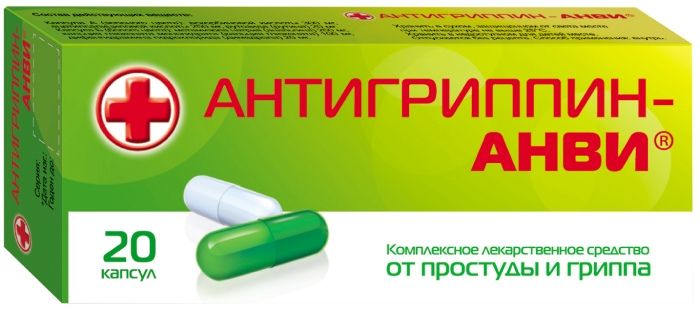
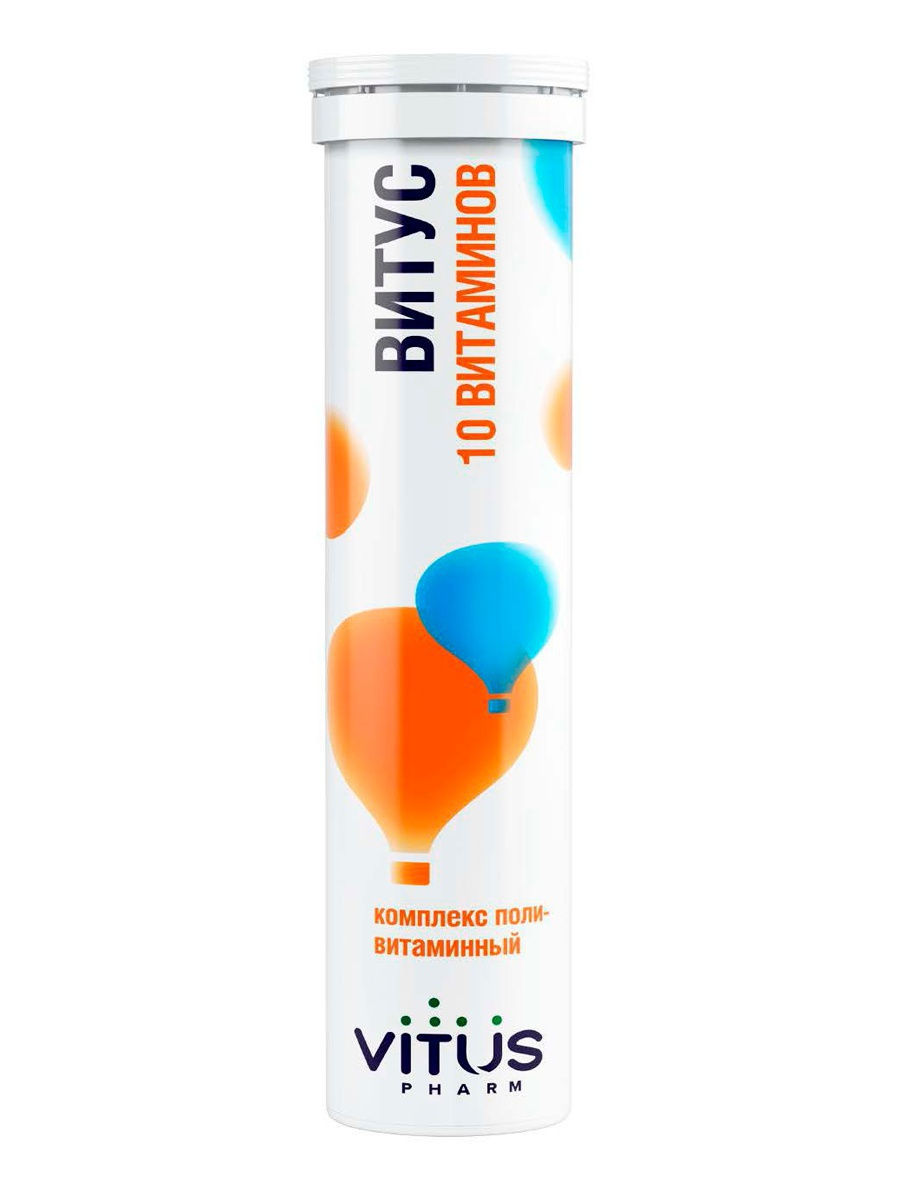
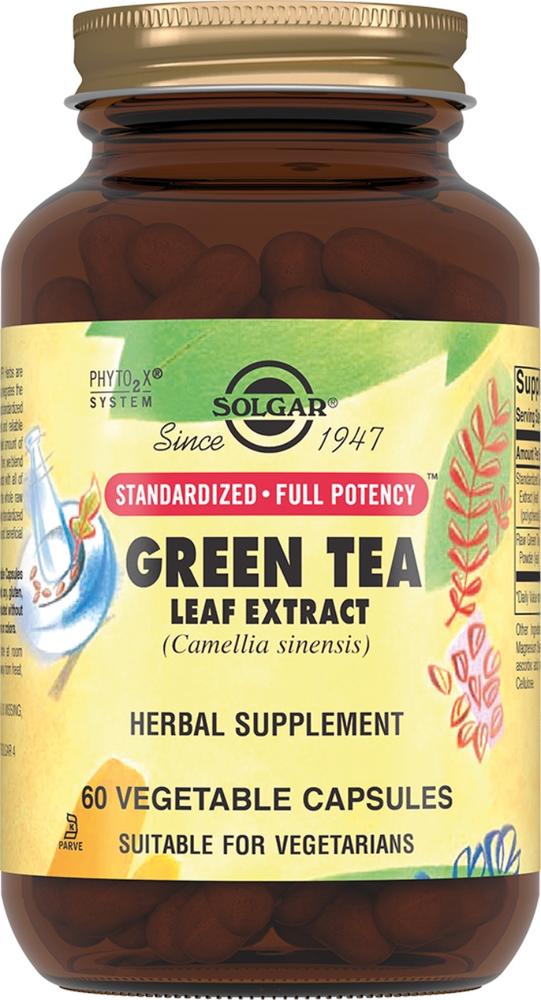
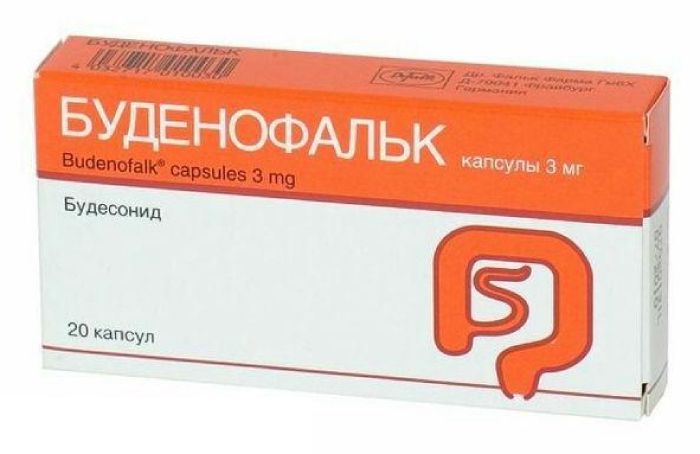
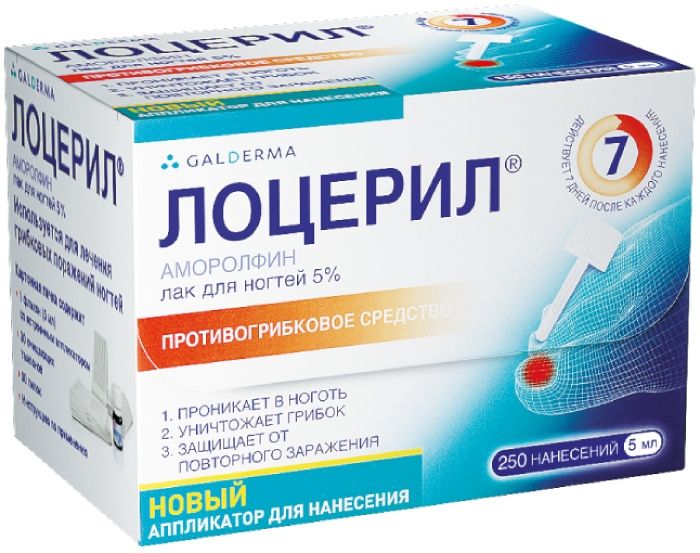
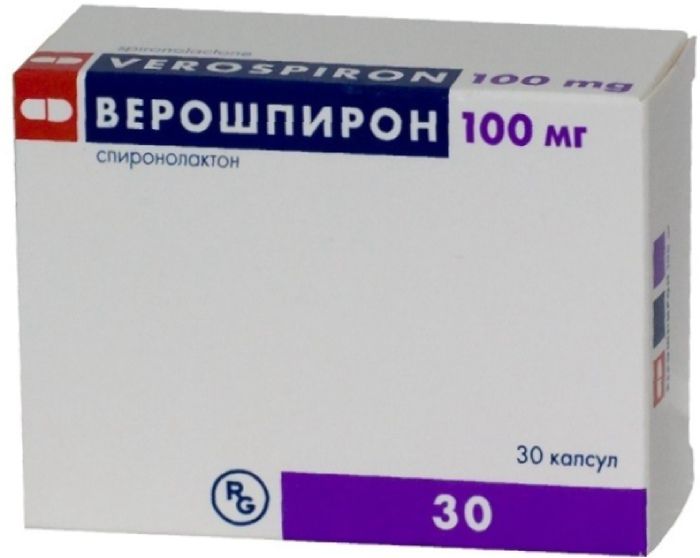





There are no reviews yet.